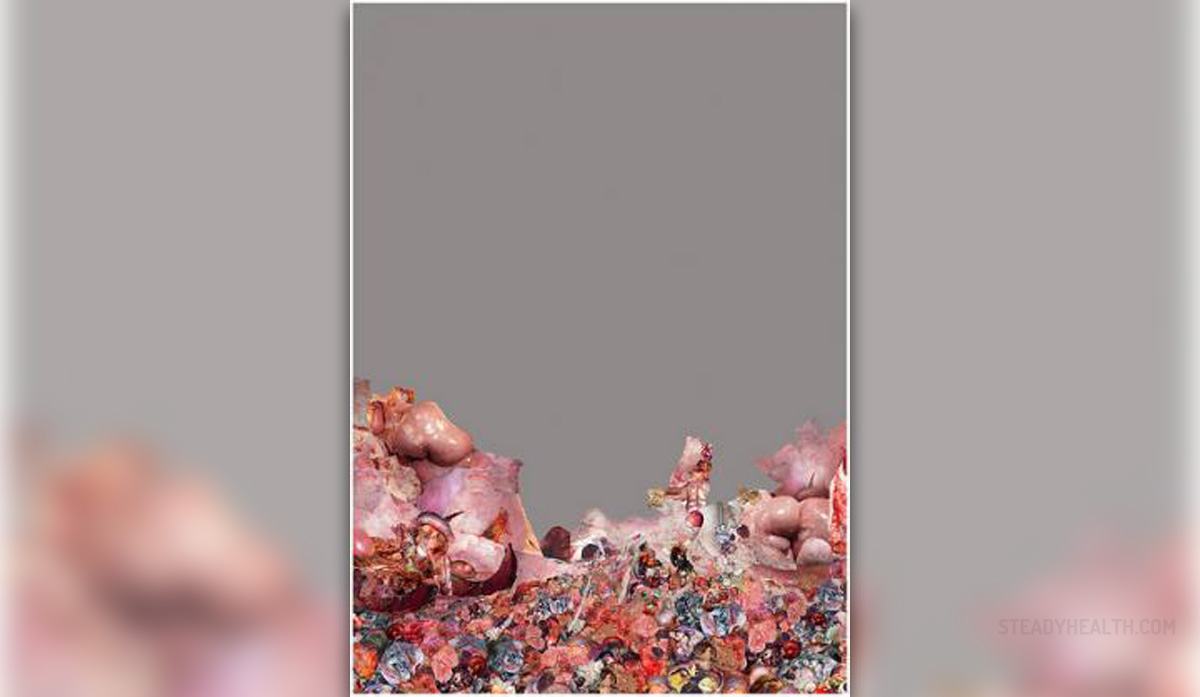
In the following text, we will focus on the problem called the ovarian dermoid cyst, but we have to start with the information about the ovarian cysts in general. They are located inside the ovaries and they look a lot like pouches filled with solid material or liquid. This problem is usually very benign and causes no great alarm. Still, although it is not cancerous, some complications are possible if not treated timely. This problem is mostly seen among women in the age range from 30 to 60 years. The ovarian dermoid cyst can sometimes be cancerous, but this occurs very rarely.
Symptoms
The cysts are very strange and they have muscle fibers, sweat glands, thyroid tissue, cartilage, teeth, hair and other items, which make them very peculiar. They are also called mature teratoma and they are from 2 to 5 inches long. Another problem that makes this condition strange and peculiar is the lack of symptoms, since they usually do not produce any problem once they are created inside the ovaries. But in some cases extreme pain and irritation may be present. There are some problems felt and experienced due to the ovarian dermoid cyst, but they happen once the cyst ruptures. One of the problems felt in this situation is the abdominal and pelvic irritation. One way in which this problem may be detected is the physical examination, since the condition causes the ovarian enlargement, which is why it is important to go on regular checkups.
Treatment
We have mentioned the best way of preventing the problem, but what can be done if the problem is present already? One of the solution that doctors recommend is the removal of the ovarian cyst. This surgery can be performed in two ways and if a patient goes for the laparoscopy, the surgery will involve a small incision made around the belly button. Rod lens and camera are used during the surgery and once inserted, they give a clear picture of the state inside the ovaries. This surgery involves very small scaring, pain and blood loss, when compared to the ways of traditional procedure. Open surgery also involves more recovery time. In some cases, the only solution is the removal of ovaries, particularly if the cyst is great in size. Also, both ovaries can be removed if the larger problems are present in both of them. Once the surgery is done, it is important to follow advice from the doctor in order to avoid scaring and other complications. Maybe most importantly, is that this problem causes no harm on the woman's fertility, even once the ovaries are removed.




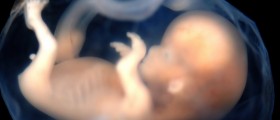




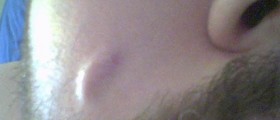
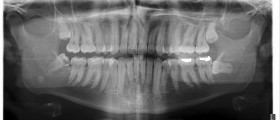
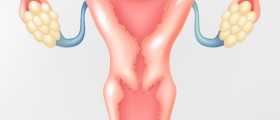

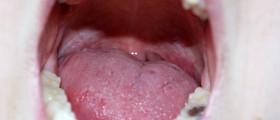



Your thoughts on this
Loading...